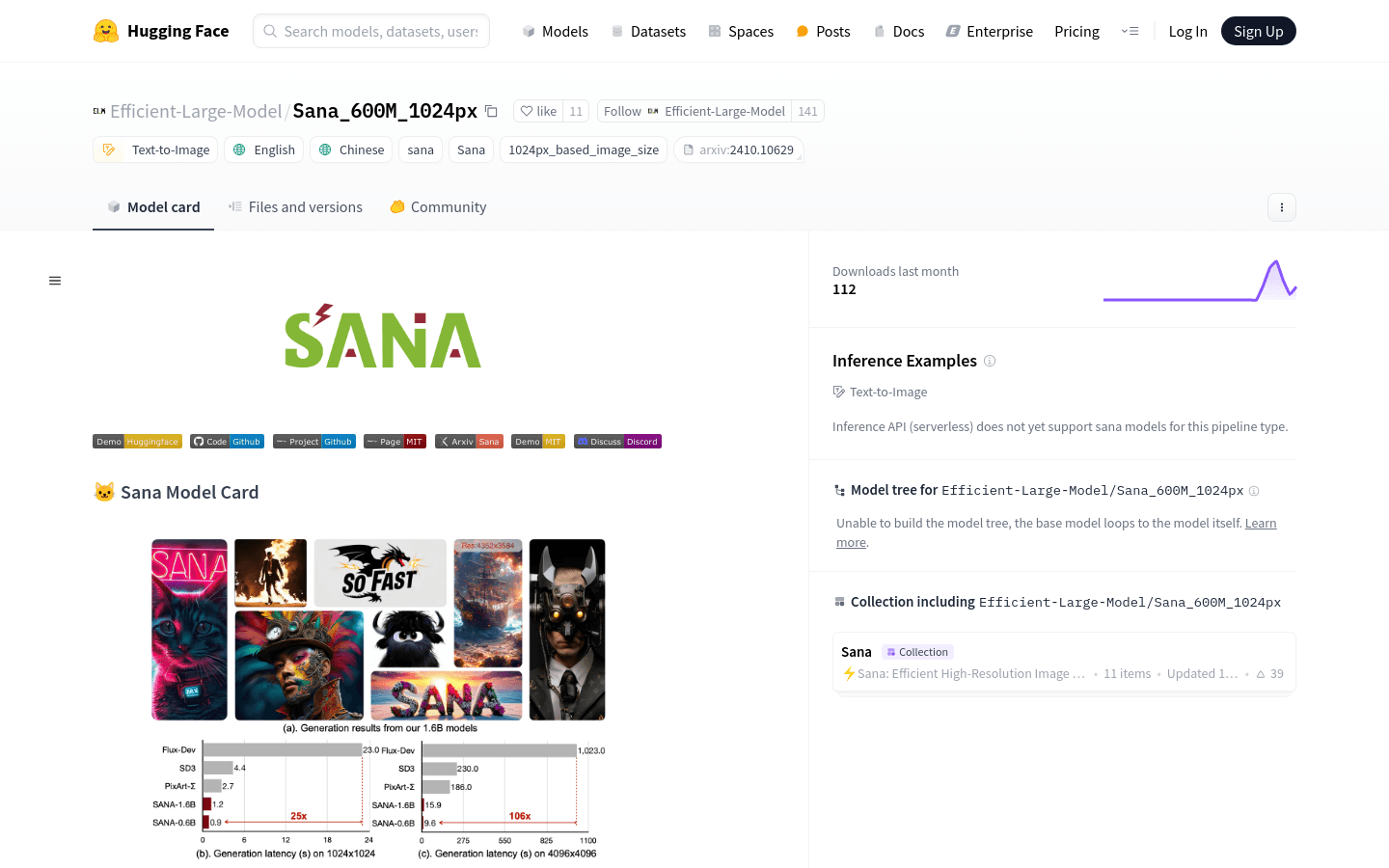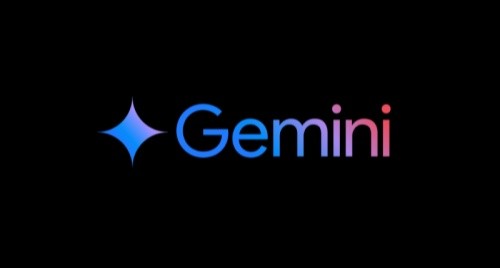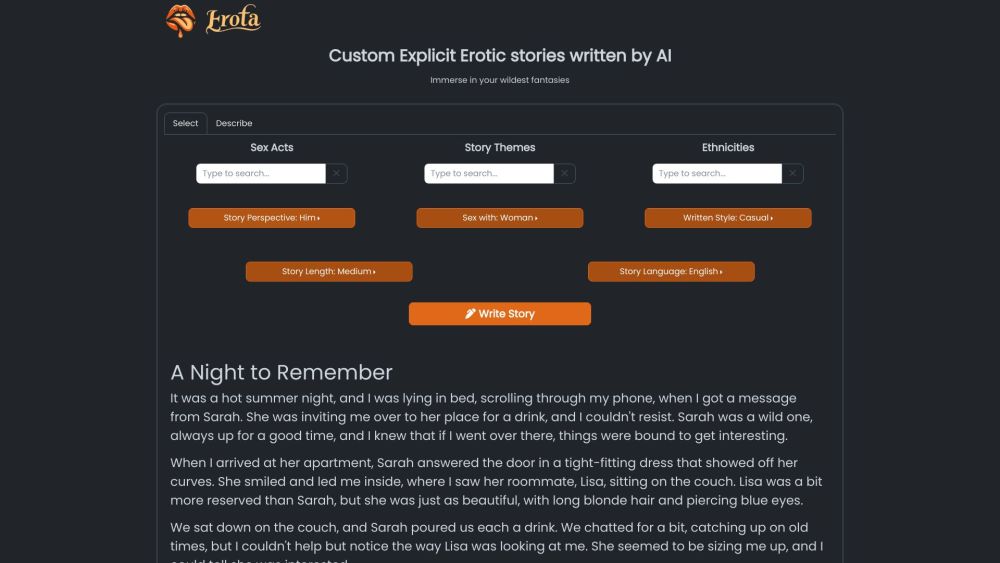
What is Sana?
Sana is a text-to-image generation framework developed by NVIDIA that efficiently generates high-resolution images up to 4096×4096 pixels. Known for its fast speed and strong text-to-image alignment capabilities, it can be deployed on laptop GPUs. This model is based on a linear diffusion transformer with 1648M parameters, specifically designed for generating multi-scale high-width images starting at 1024px.
Key Advantages of Sana:
High-resolution image generation
Fast synthesis speed
Strong text-to-image alignment
Multi-scale image generation
Open-source code available on GitHub
Target Audience:
Researchers: For exploring the limits and biases of image generation models.
Designers and Artists: To generate and modify images aiding their creative process.
Educators: As a teaching tool to help students understand image generation technology.
Use Cases:
Researchers can use Sana to generate specific styles of art for analysis.
Designers can quickly create design sketches to boost productivity.
Educators can demonstrate AI applications in image generation during classes.
Product Features:
Generates high-resolution images up to 4096×4096 pixels.
Supports quick deployment on laptop GPUs.
Ensures generated images closely match input text descriptions.
Supports multi-scale image generation based on 1024px.
Open-source code is available on GitHub for customization.
Uses pre-trained text encoders and spatially compressed latent feature encoders.
Suitable for research purposes including art generation and educational tools.
Can be safely deployed even when there’s a risk of generating harmful content.
Getting Started Guide:
1. Visit the Sana GitHub repository to download and install necessary code and dependencies.
2. Set up the environment and parameters according to the documentation, preparing your text prompts.
3. Generate images using the Sana model through command line or integrate into other applications.
4. Analyze the generated images to evaluate their alignment with input text and overall quality.
5. Adjust parameters as needed to optimize the output.
6. Use the generated images in research or practical applications, ensuring compliance with relevant terms and copyright regulations.







